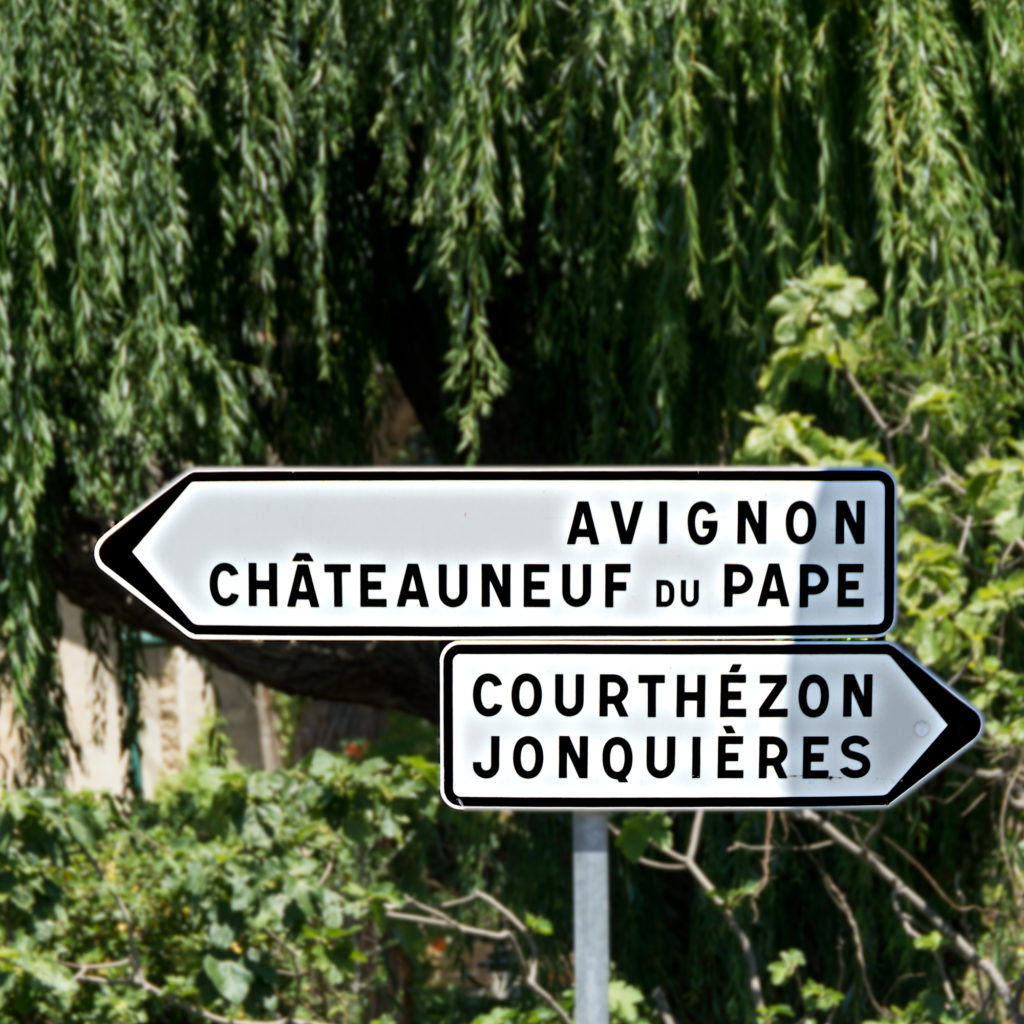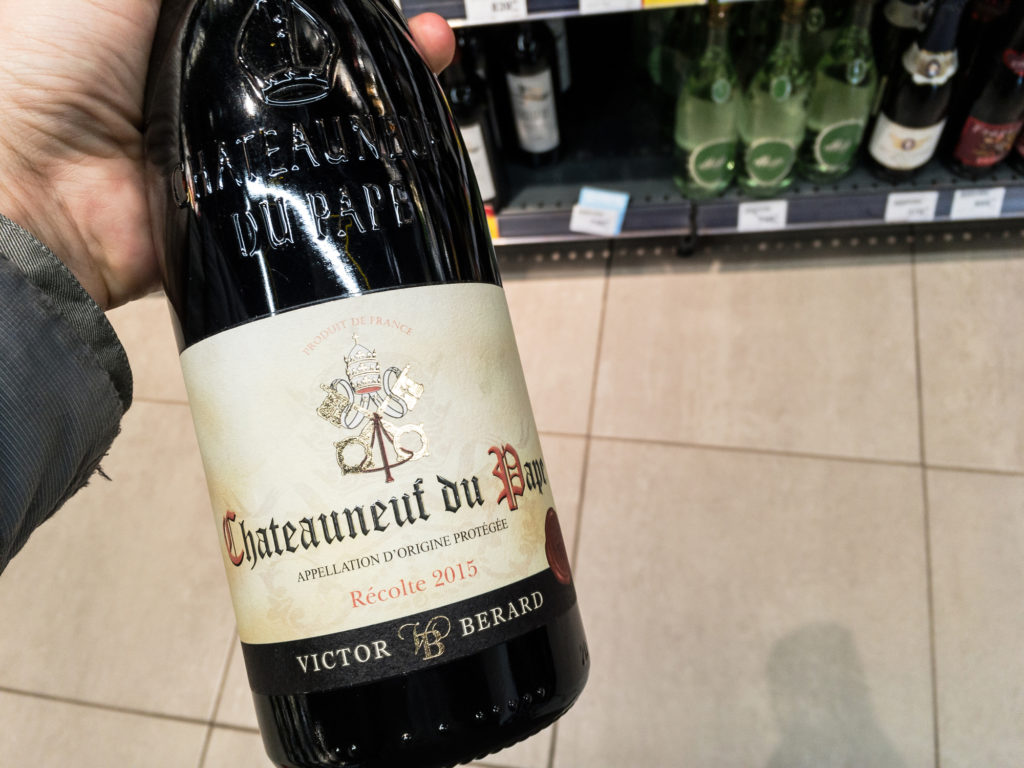A lot of attention is heaped upon the glorious red wines of the Rhone Valley, located in southeastern France. Indeed, they are gorgeous, distinctive wines with savory aromas and flavors of what the locals call “garrigue”, a blend of wild thyme, rosemary, lavender, and juniper. Imagine these flavors in your glass – truly a delight! But what of the white wines? Are they also worthy of praise? The answer is simple – yes!
The white wines of the Rhone Valley are delicious and unique. You won’t find chardonnay grapes lurking on those vaunted hillsides! Instead, you’ll find what are sometimes referred to as the “Three Sisters” – the dominant white grapes of the region – Viognier (vee-oh-nyay), Marsanne (mar-sahn), and Rousanne (roo-sahn). While each grape can stand alone as a magnificent single varietal wine, the three complement each other perfectly, each bringing extraordinary qualities to a blended wine.

The philosophy in the southern Rhone Valley is to blend. The locals firmly believe in taking the strongest qualities of each grape and uniting them. Thus Viognier, Marsanne, and Rousanne are very often grown together in vineyards and blended together in wines, often thrown in with a few other local white grapes such as Grenache Blanc and Piquepoul. The marrying of these bewitching white grapes leads to luxuriously silky wines full of fruit, wild herbs, and spice.
If you’re new to the wines of the Rhone Valley, start with a good, basic Cotes-du-Rhone blanc (white) and then move on to the decidedly more glamorous and expensive Chateauneuf-du-Pape. Chateauneuf-du-Pape includes red and white wines and can feature up to 13 different grapes in its cuvée. As always, flavors and quality vary from producer to producer. Try a few different bottles to find your preference.
The wines of Chateauneuf-du-Pape, or “New Castle of the Pope”, were developed and named in honor of Pope Clement V when he relocated the papacy from Rome to the seaside town of Avignon, France in 1309. “Chateauneuf-du-Pape” is both the name of a small village outside Avignon and the celebrated wine produced in the region. Traditionally, Chateauneuf-du-Pape comes in a heavy, dark bottle with an embossed papal insignia above the label.
Considered some of the greatest wines in the world, Chateauneuf-du-Pape truly lives up to its lore. Elegant, rich, concentrated, and high in alcohol, the wines of Chateauneuf-du-Pape are a perfect reflection of their warm Mediterranean climate. The white wines are full-bodied with heady aromas of the garrigue, strong minerality, and flavors of ripe citrus, tangy herbs, and honey. Chateauneuf-du-Pape is indeed fit for a king – or even a pope! The white wines of Chateauneuf-du-Pape wines are best enjoyed within 1-3 years from the vintage although a small number can age gracefully and take on interesting flavors of ginger, spice, and orange zest with time. Basic Cotes-du-Rhone wines are not intended to age and should be enjoyed soon after purchase.

The wines of Cotes-du-Rhone and Chateauneuf-du-Pape are delicious paired with cheeses such as Camembert, Brie, or Roquefort. The earthy flavors of the cheeses complement the savory quality of the wines. The wines also pair beautifully with a variety of main courses such as roast pork and poultry. The herbal qualities of the wines match the herbs used to season the food. Rhone Valley wines are a welcome addition to any table. Some favorite producers include Perrin & Fils, Chateau Beaucastel, Chateau La Nerthe, and Vieux Telegraphe.
Explore the wines of the Rhone Valley with your family and loved ones. There’s a reason why people have cherished them throughout the centuries. These wines are true crowd pleasers. Treat yourself to a bottle, or buy one for a friend. Like a quick trip to France in a bottle—enjoy the journey. Cheers!
Leave a Reply